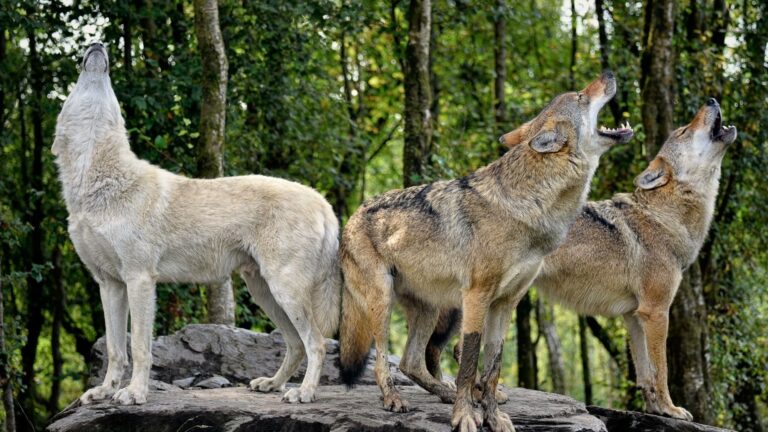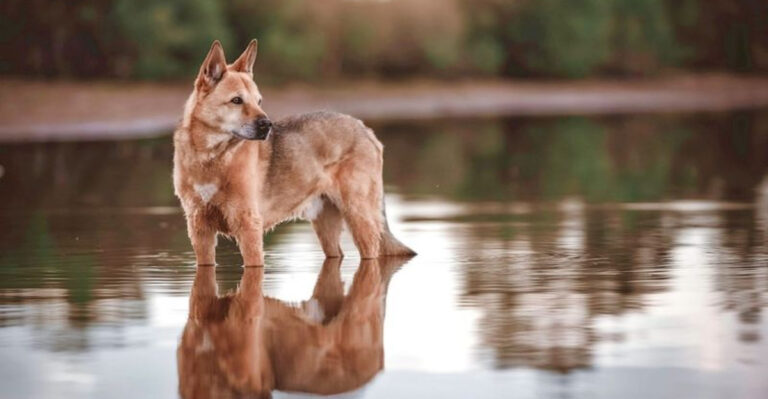15 Surprising Truths About The World’s Largest Goat – The Markhor
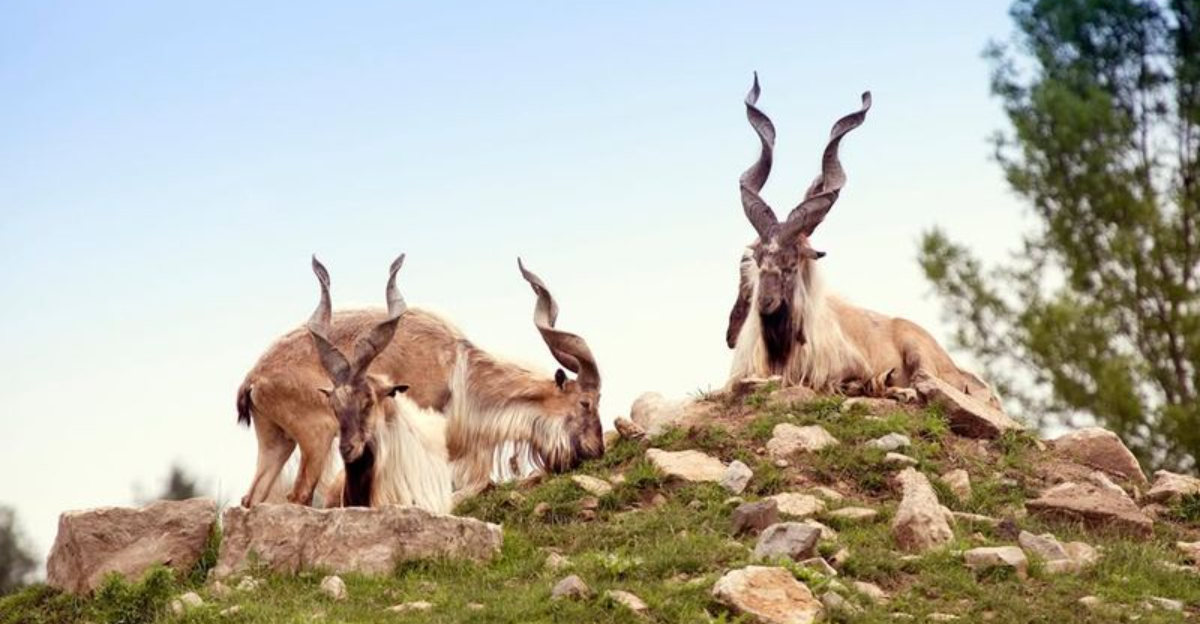
Ever thought goats could be kings of the mountain jungle? Well, strap in, because the Markhor, the world’s largest goat, is here to change your perception of these caprine creatures.
With unique spiraled horns and the ability to thrive in harsh terrains, Markhors are full of surprises.
1. The Spiraled Horns
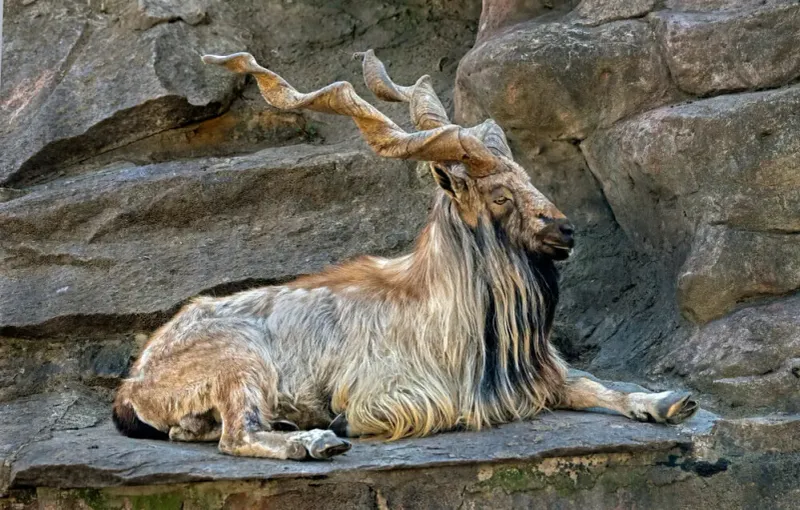
Those spiral horns aren’t just for show; they’re nature’s crown on this mountain monarch. Reaching up to 1.6 meters (5 feet), these horns help Markhors in dominance displays and are intrinsic to their identity.
The spirals are a testament to their survival, twisting through narratives of adaptation and evolution.
2. The Culinary Expert
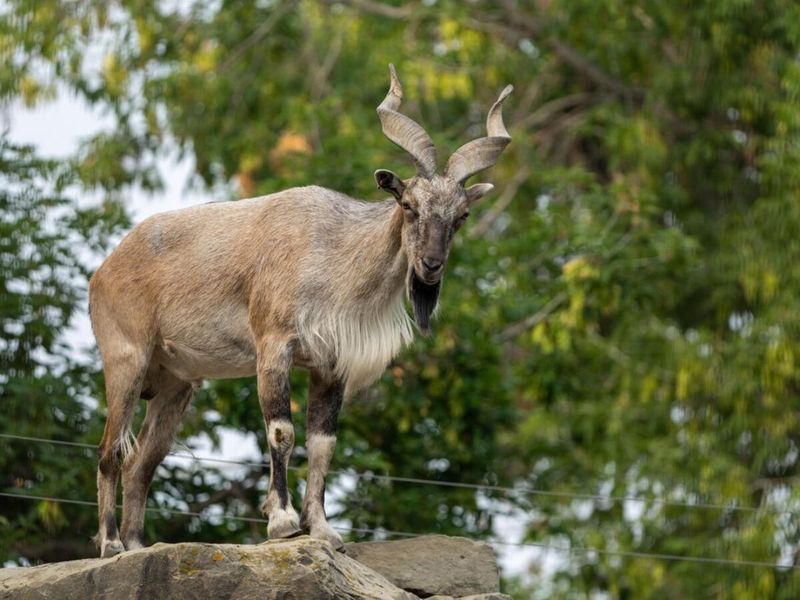
Not your average grazer, the Markhor has a diet as varied as its home terrain. From munching on shrubs to savoring grasses, these goats adapt their taste buds.
They’re gourmet foragers, nibbling on whatever the rugged landscape offers. This adaptability ensures they never run out of options, even in the leanest of seasons.
3. A Master Climber
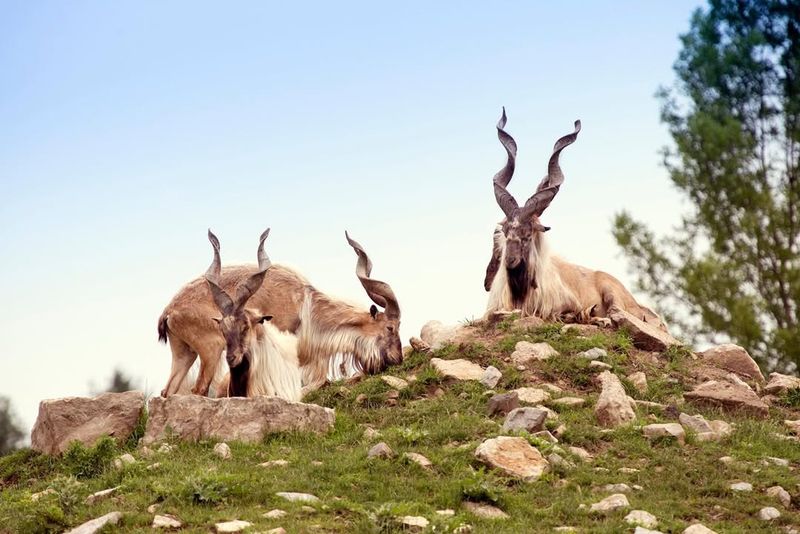
Ever seen a goat defy gravity? Markhors are natural rock climbers, navigating steep cliffs with a grace that defies their size.
Their agility and balance are legendary, letting them escape predators and explore unreachable food sources.
4. Survival In Harsh Climates
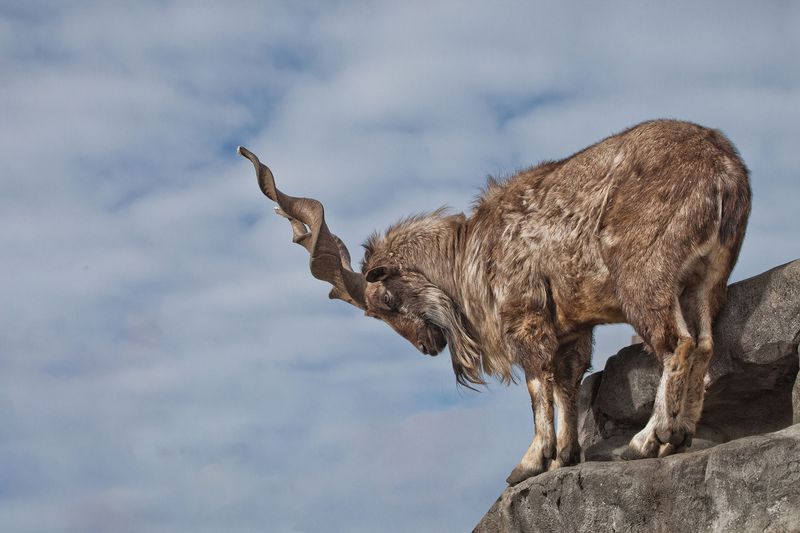
The Markhor’s thick coat isn’t just for fashion; it’s a survival tool. In the harsh Himalayan winters, this warm, dense fur keeps them insulated against biting cold.
Adaptations like this allow them to thrive in conditions that would challenge most animals.
5. A Rare Sight
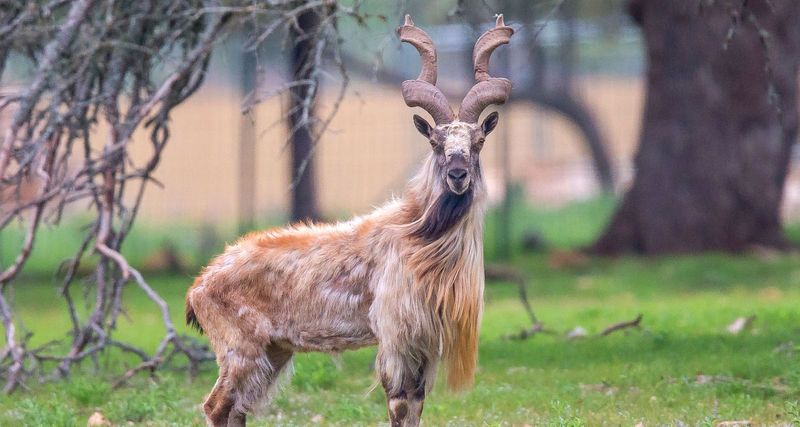
Spotting a Markhor feels like stumbling upon a hidden treasure. With dwindling numbers, these majestic goats are a rare sight.
Conservation efforts are underway, but their elusive nature makes them a challenging species to protect. Each sighting is a reminder of the delicate balance in preserving our planet’s biodiversity.
6. Cultural Symbolism
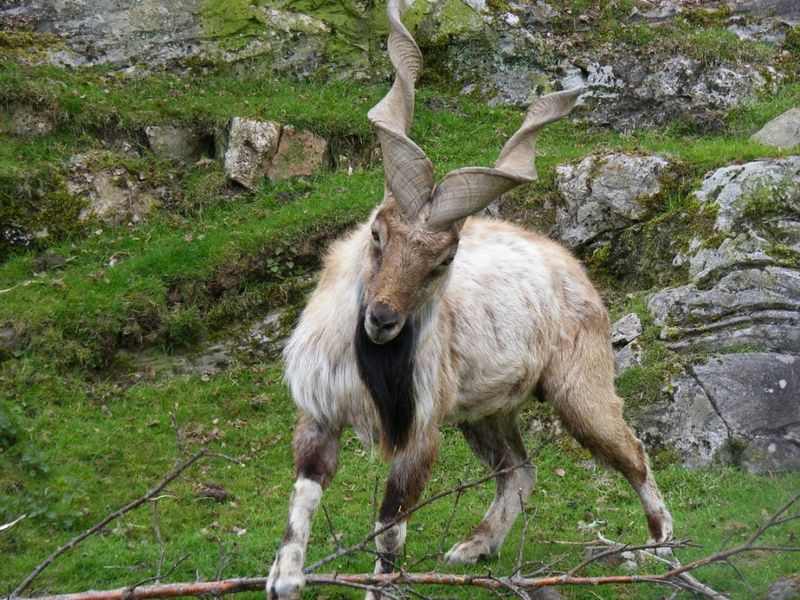
In many cultures, the Markhor is more than just a goat – it’s a symbol of strength and resilience. Featured in folklore and art, these creatures inspire tales of heroism and endurance.
Across the regions they inhabit, Markhors hold a place of reverence, often seen as harbingers of perseverance and survival.
7. Social Hierarchy
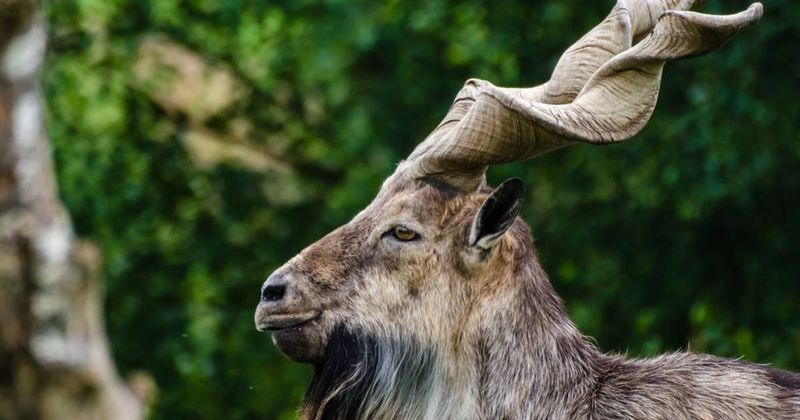
Markhors have a social structure that rivals any royal court. Dominance is established through horn displays and subtle posturing.
These interactions aren’t just about showing who’s boss; they’re vital for maintaining group harmony.
8. Natural Beauty

There’s something poetic about a Markhor silhouetted against a mountain sunset. Their striking features and majestic stance create a picturesque scene that captivates onlookers.
It’s in these moments that the true beauty of the Markhor shines, encapsulating the wild elegance of untamed nature.
9. Adaptable Diet

Living in rugged terrains requires a flexible palate. With an adaptable diet, Markhors consume a variety of plants, ensuring survival even when food is scarce.
Such dietary flexibility gives them a major edge in the unforgiving mountain landscape.
10. Drinking Habits
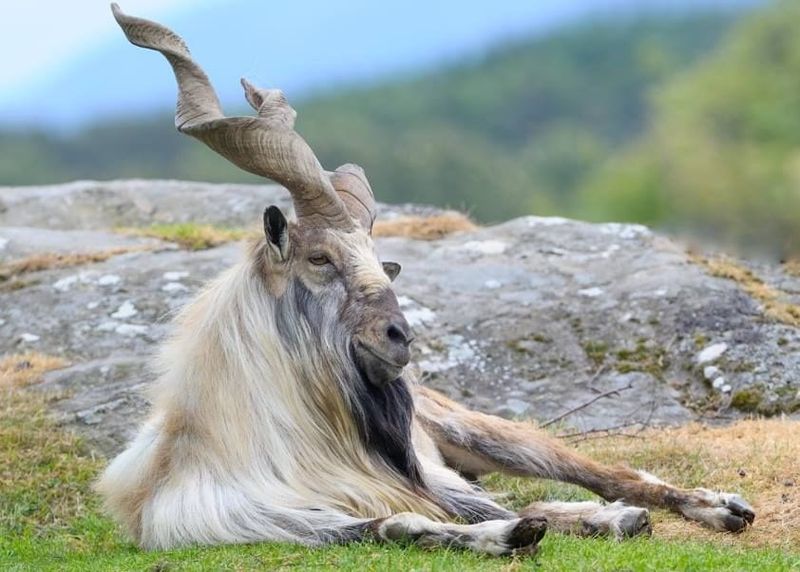
Water sources are precious in the mountains, and Markhors have unique drinking habits. They often trek to mountain streams, conserving energy and staying hydrated.
Observing their methodical approach to quenching thirst reveals their survival instincts and adaptation to limited resources.
11. The Elusive Nature
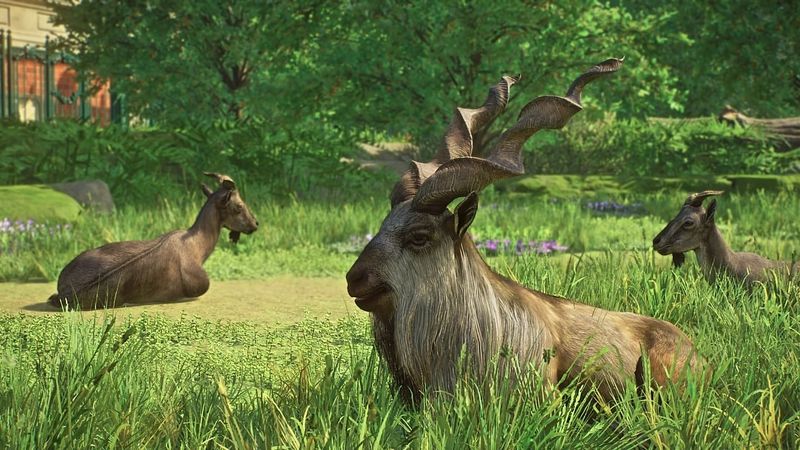
Markhors are masters of camouflage, blending seamlessly into rocky landscapes. This elusive nature offers them protection against predators. Spotting one requires patience and keen observation skills.
Their ability to disappear into the scenery is both a defensive tactic and a mesmerizing spectacle.
12. Breeding Rituals
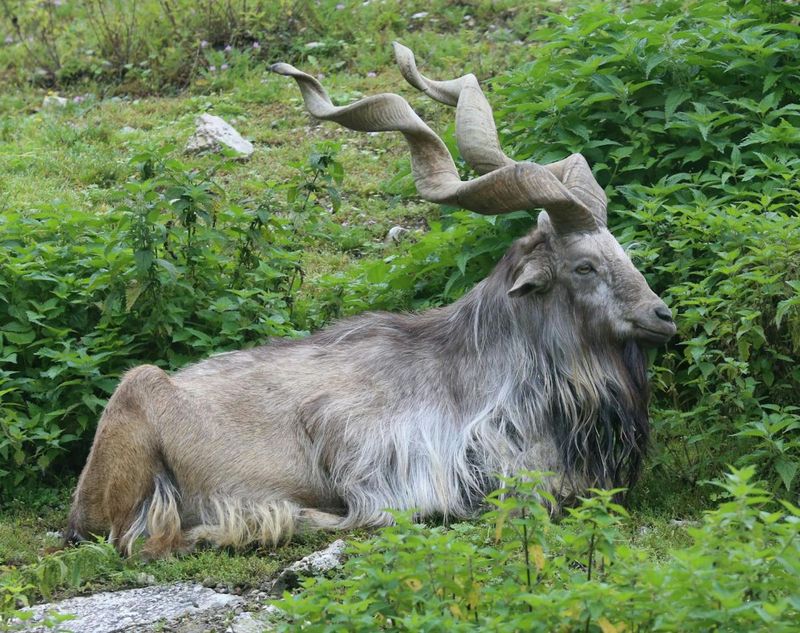
Breeding season is a time of grandeur for Markhors. Males engage in dramatic displays, using their horns to impress potential mates.
These rituals are a spectacle, filled with showmanship and elegance. The courtship behavior is as much about attraction as it is about ensuring the continuity of their lineage.
13. Threats And Conservation
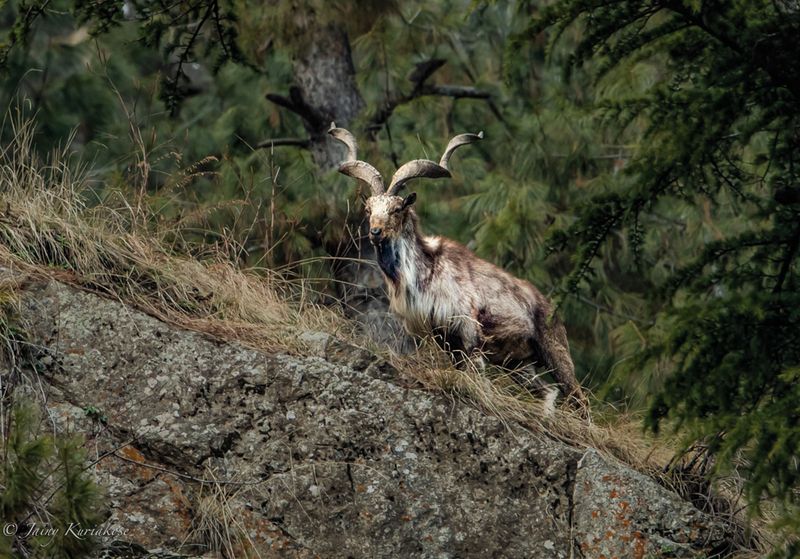
The Markhor faces numerous threats, from habitat loss to poaching. Conservation efforts are crucial to their survival, with protected reserves offering a sanctuary.
Efforts like these play a vital role in stabilizing populations and preserving the species for future generations.
14. Seasonal Migrations
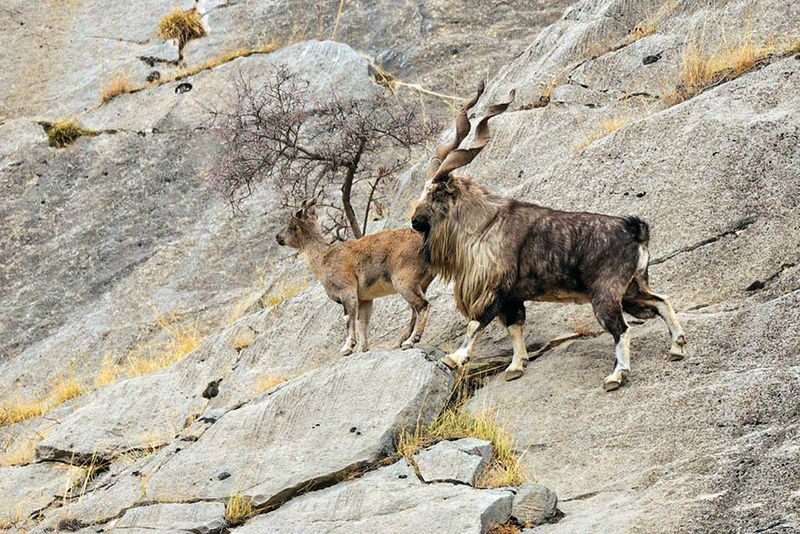
Markhors undertake seasonal migrations, traversing challenging terrains to find food and breeding grounds. These migrations are vital for their survival, ensuring access to resources throughout the year.
Watching a herd in motion is a testament to their resilience and adaptation to mountainous life.
15. Unique Communication
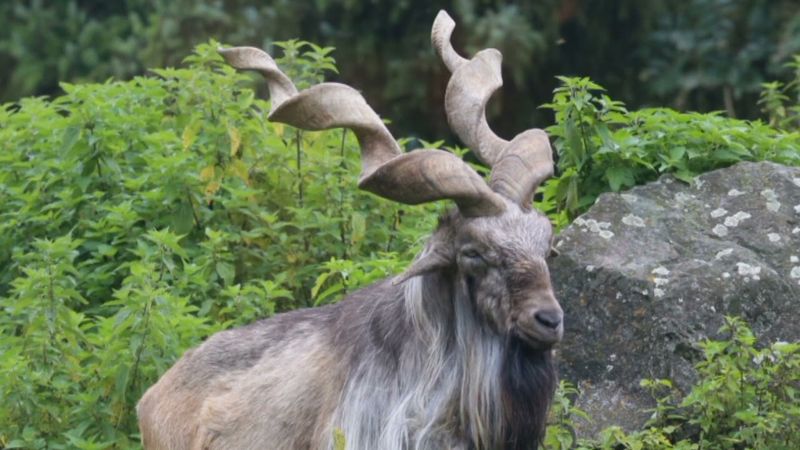
Communication among Markhors is a symphony of grunts and calls. Each sound conveys specific messages, from warnings to mating calls.
Their vocalizations are an essential part of their social interaction, offering insights into their complex behavior and helping maintain group cohesion.


